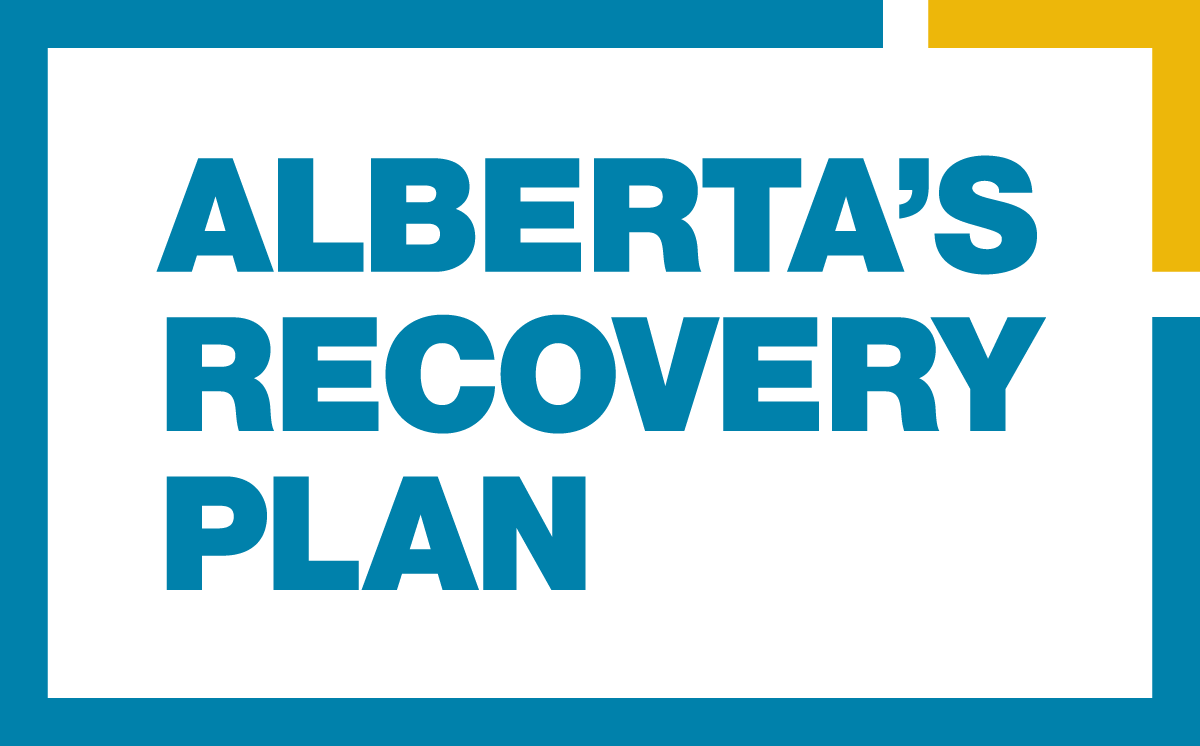Alberta is now seeing record-breaking solid wood prices at $1,288 per thousand board feet for western spruce-pine-fir, despite the COVID-19 crisis initially reducing demand for pulp and paper products this year.
Prices for lumber, oriented strand board and plywood have also seen a profound recovery from April lows, with benchmark prices increasing between 125 per cent and 215 per cent.
“Albertans own our forests and I’m proud of the record-breaking year for the industry. Our forest sector and all Albertans will see significant returns. Through our partnerships, foresters are in a position to keep our forests and communities safe from fires and infestation. Our foresters are the true environmentalists.”
When COVID-19 was declared a public health emergency, Alberta quickly understood the role of forestry as an essential service and the global need for forestry products that are vital to the lives of Albertans.
“Alberta’s forestry and lumber producers are among the best in the world and we’re seeing this important economic engine in Alberta continue to support jobs and growth in our local communities.”
“We commend the Government of Alberta for recognizing that a strong forest industry is part of the solution. Forestry sustains well-paying jobs at a time when our economy is challenged, manages our forests to make them more resilient to pests like mountain pine beetle, and sequesters carbon in our finished products. The government has taken important steps to support a healthy industry that is a bright spot in our provincial economy.”
Many jurisdictions saw reduced production levels leading up to and resulting from the pandemic that proved difficult to reverse as demand for wood products ended up outperforming expectations. In contrast, Alberta saw limited production curtailments during this time, maintaining a competitive advantage.
The Forest Jobs Action Plan is supporting forest businesses by identifying opportunities to increase the annual allowable cut with an ultimate goal of an additional 33 per cent. Alberta is delivering on five initial key actions for an increase of up to 13 per cent by:
- Ensuring a more expedient return of wildfire-burned areas to productive forests.
- Awarding currently unallocated portions of approved annual allowable cut through an open and competitive process.
- Exploring the enhanced use of harvest waste and residual wood fibre.
- Using superior naturally occurring seedlings that research indicates are better for the long-term health and resilience of the province’s forests.
- Working with companies to ensure the best use of allocated timber in their forest management plans.
Alberta’s Recovery Plan is a bold, ambitious long-term strategy to build, diversify, and create tens of thousands of jobs now. By building schools, roads and other core infrastructure we are benefiting our communities. Alberta came together to save lives by flattening the curve and now we must do the same to save livelihoods, grow and thrive.
Quick facts
- 78 per cent of Alberta’s forest lands are third-party certified to ensure safety and sustainability.
- Alberta has grown from an initial two million hectares certified in 2000 to just under 20 million hectares in 2009 and 21 million hectares in 2020.
- Over the past decade, from 2010 to 2019, Alberta’s forest industry has grown by 8.4 per cent on an inflation-adjusted basis.
- Alberta’s forest industry directly employs 19,500 people and supports more than 25,000 additional jobs in Alberta, contributing $1.7 billion in salaries and wages in 2019.
